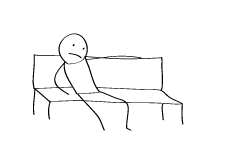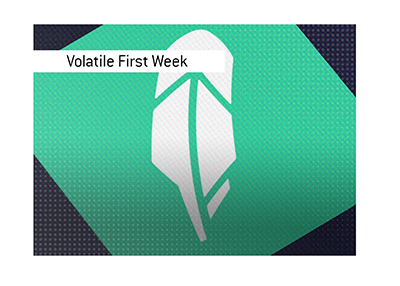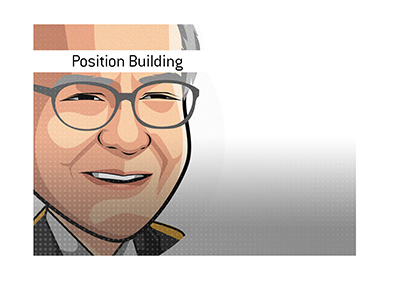August U-6 Unemployment Rate Increases to 16.7%
 The August unemployment numbers were released by the BLS (Bureau of Labor Statistics) earlier today.
The August unemployment numbers were released by the BLS (Bureau of Labor Statistics) earlier today. The national unemployment rate ticked higher to 9.6% in August, up from 9.5% in July. Nonfarm payroll employment fell by 54k, which was better than expected (consensus estimate was -105k, with some firms forecasting as much as -115k to -125k). Government employment fell (-114k), while private-sector employment ticked higher once again (+67k).
The national unemployment rate continues to bounce around in the 9.5%-10% range. The high for 2010 so far came in April (9.9%), while the low was posted in both June and July (9.5%).
The total number of unemployed persons currently sits at just under 15 million (14.9 million).
The number of long-term unemployed (those without a job for at least 27 weeks) decreased to 6.2 million in August. According to the BLS, a full 42% of unemployed people can be classified as “long-term unemployed”.
Teenagers continue to have a very hard time finding work in this economy, as the unemployment rate for teenagers came in at 26.3% in August. In an effort to find any type of employment, many Americans are having to take jobs that normally would have gone to teenagers (service jobs, etc). Many companies are choosing to hire more experienced workers, which has left many teenagers scrambling to try to find work.
The labor force participation rate and employment-population ratios were basically unchanged in August, according to the Bureau of Labor Statistics.
The U-6 unemployment rate, which is an “alternative measure of labor underutilization”, ticked higher to 16.7% in August, up from 16.5% in July. The U-6 rate includes numerous groups of people that the “official” rate (the U-3 rate) does not, including marginally attached workers, discouraged workers and those who are employed part time for “economic reasons” (those who want full-time work but had to accept a part-time job to help cover their costs).
--
In October of 2009, the national unemployment rate came in at a “Great Recession” high of 10.2%.
10 months later, and the national unemployment rate has come down slightly to 9.6%.
Many people like to compare this current recession with the one from the early ‘80s.
In December of 1982, the national unemployment rate hit a high water mark of 10.8%.
10 months later, and the national unemployment rate was 8.8%.
--
Many (including Goldman Sachs) believe that the national unemployment rate will break the 10% mark once again in 2011. As a matter of fact, Goldman Sachs believes that the unemployment rate will be an AVERAGE of 10% in 2011.
--
The markets reacted positively to the August unemployment numbers, as the DJIA is currently up about 1% on the day.
Source: BLS.gov - The Employment Situation, August 2010
Filed under: General Market News



